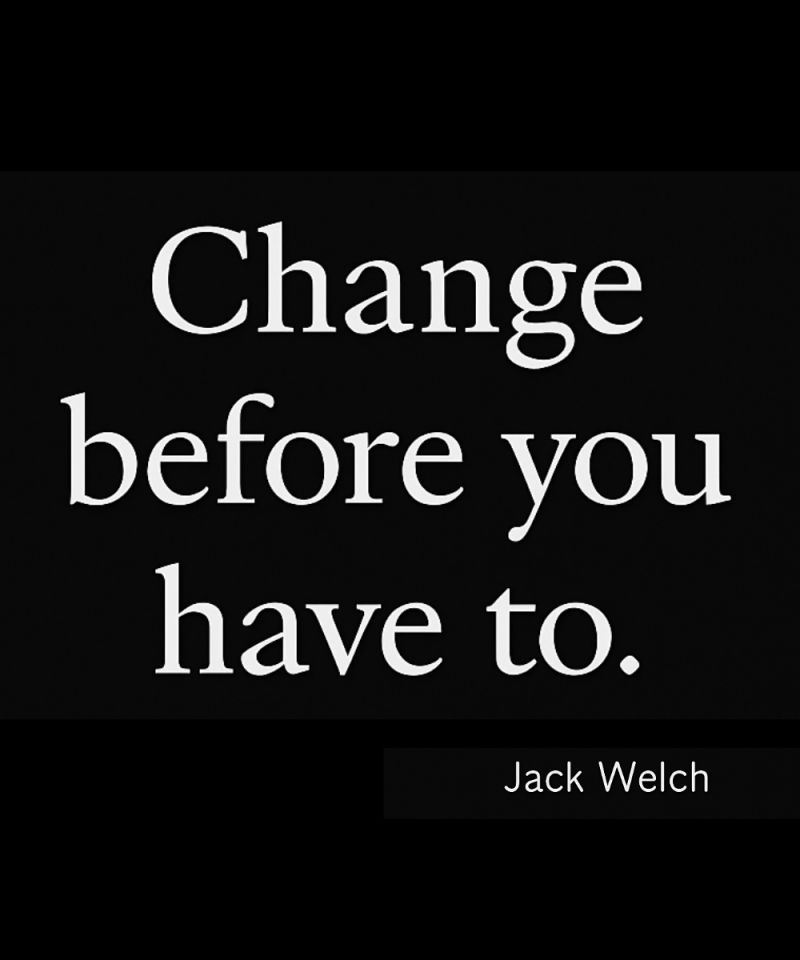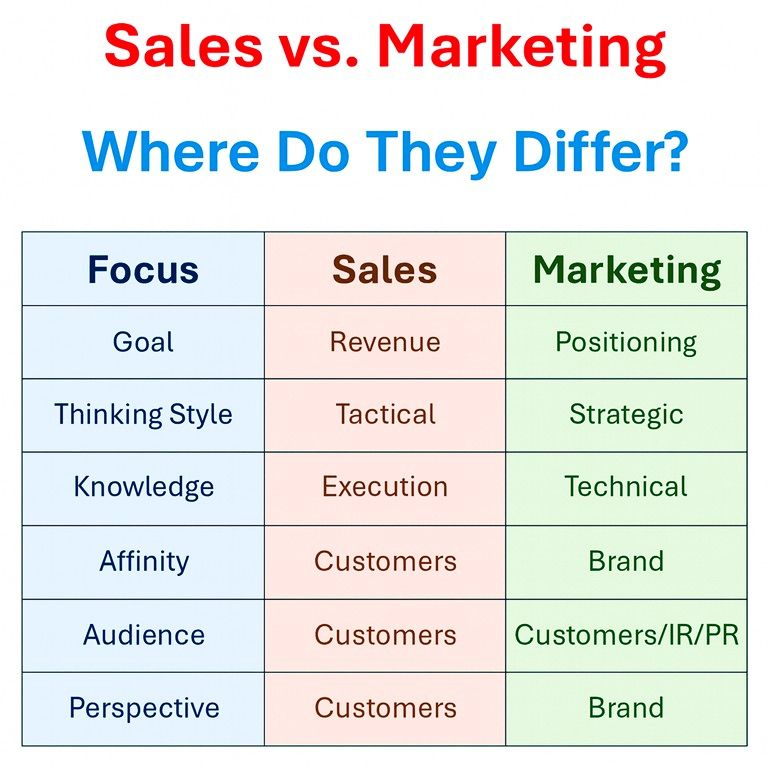Gradually… then suddenly.
That’s how decline happens — in health, in relationships, in business.
Jack Welch, the legendary CEO of GE, had a mantra: “Change before you have to.”
Say what you will about him, but he was right.
The workaholic who ignores his family… until the ultimatum comes.
The smoker who thinks “one more won’t hurt”… until cancer forces the change.
The company that coasts on past success… until disruption wipes them out. (Hello, BlackBerry.)
By the time you have to change, it’s already too late to do it on your terms.
So the real question isn’t if change is coming.
It’s whether you’ll lead it, or be forced into it.
What’s one area of your life or business where you know you need to change before you have to?
Repost if someone in your network needs this reminder.
That’s how decline happens — in health, in relationships, in business.
Jack Welch, the legendary CEO of GE, had a mantra: “Change before you have to.”
Say what you will about him, but he was right.
The workaholic who ignores his family… until the ultimatum comes.
The smoker who thinks “one more won’t hurt”… until cancer forces the change.
The company that coasts on past success… until disruption wipes them out. (Hello, BlackBerry.)
By the time you have to change, it’s already too late to do it on your terms.
So the real question isn’t if change is coming.
It’s whether you’ll lead it, or be forced into it.
What’s one area of your life or business where you know you need to change before you have to?
Repost if someone in your network needs this reminder.
Gradually… then suddenly.
That’s how decline happens — in health, in relationships, in business.
Jack Welch, the legendary CEO of GE, had a mantra: “Change before you have to.”
Say what you will about him, but he was right.
The workaholic who ignores his family… until the ultimatum comes.
The smoker who thinks “one more won’t hurt”… until cancer forces the change.
The company that coasts on past success… until disruption wipes them out. (Hello, BlackBerry.)
By the time you have to change, it’s already too late to do it on your terms.
So the real question isn’t if change is coming.
It’s whether you’ll lead it, or be forced into it.
🔹 What’s one area of your life or business where you know you need to change before you have to?
♻️ Repost if someone in your network needs this reminder.
0 Commenti
0 condivisioni
916 Views
0 Anteprima








